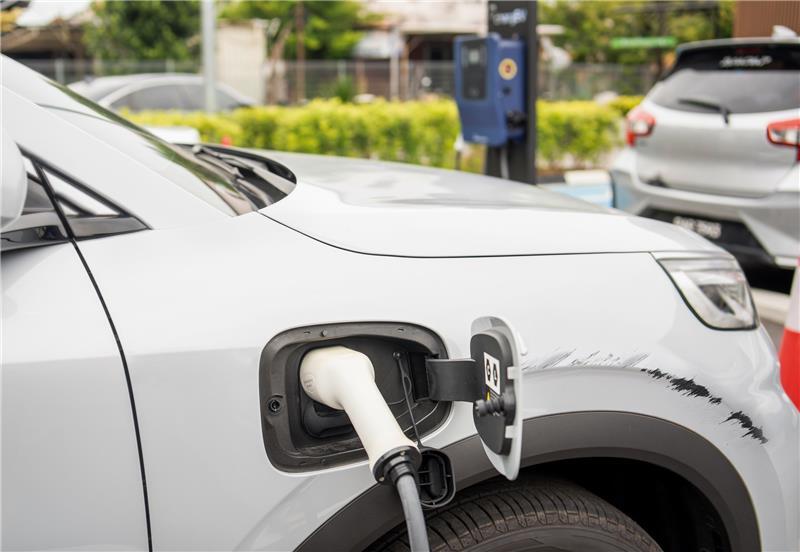The growth in electric vehicles cannot be ignored, with experts estimating that electric cars will account for 30% of all vehicle sales by 2025.
However, if drivers continue to purchase electric vehicles at the expected rates over the next five years, the lack of charging infrastructure could prove to be a significant obstacle.
In this blog post, we’ll look at why this is the case, and to what extent drivers and fleets should factor charging infrastructure into their considerations when planning to move to electric vehicles.
What is electric vehicle charging infrastructure?
An electric vehicle charging station provides electric energy to recharge plug-in electric vehicles.
Some electric vehicles have convertors that can be plugged into an electrical outlet and charged at home, or at work. However, others will need to use a charging station that supplies electrical conversion. These stations are also essential when travelling, and tend to be able to charge vehicles faster than at-home chargers as they use higher currents and voltages.
Public charging stations are usually provided by utility companies and situated on-street, although they are sometimes located at public parking spaces, shopping centres or restaurants.
The lack of electric vehicle charging infrastructure
According to a consumer survey, electric vehicle buyers see not having enough access to charging stations as the third biggest barrier to purchase, behind price and driving range. However, with ranges expanding, access to charging could easily become a more pressing issue.
In the UK, there are currently 13,702 public charging stations, according to data from Zap-Map. However, there is a geographical imbalance between these stations. For example, London has the most availability for on-road charging, being home to 27% of all charging stations in the UK, with an average of 10 cars per charger. This is widely different to the South West of England, where one charger serves 1448 electric vehicles.
Although these figures don’t take into account the fact that many electric vehicle drivers may be charging from home, they do highlight an issue facing those who don’t have access to at-home or at-work charging.
The lack of charging infrastructure could also prove troublesome for commercial vehicle drivers, who may need to travel long distances for work and would need the guarantee of being able to charge their vehicle on the job.
The future of electric vehicle charging infrastructure
Although the situation looks worrying at the moment, it will need to change quickly if the government is to meet its 2035 target of getting all petrol and diesel cars off the roads.
In order to meet this aim, the government is providing grants to make the owning of electric vehicles more affordable. This is to offset the costs of installing charging stations at home, at work and on-street.
The Office for Low Emission Vehicles (OLEV) has allocated funding of £20 million for on-street residential projects in 2020/21. The funding covers 75% of the cost for procuring and installing charging stations with a dedicated parking space where possible.
It’s also worth noting that the cost of charging infrastructure has decreased substantially in recent years. Although the maximum OLEV will fund is £6,500 per chargepoint, the cost for many on-street charging points can be as low as £200 per unit.
Download the full report
Want to get more insights into driver attitudes surrounding electric vehicle adoption? Download our guide to read about what motorists like and dislike about EVs, common misconceptions and much more!












